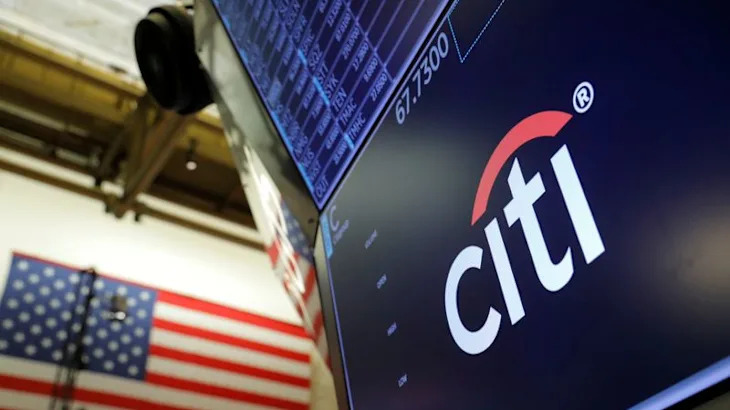(Bloomberg) -- US Treasuries traded in a narrow range ahead of jobs data that may fuel bets policymakers will stay cautious, with interest-rate moves on hold for months.
The 10-year benchmark yield was little changed at 4.43%, while the two-year rate was marginally higher at 4.23%. While economists forecast the data will indicate the jobs market is cooling gradually, it’s expected to remain robust. Money markets only see the Federal Reserve cutting again in July.
Traders are wary of pricing too much easing this year given the potential for faster inflation should US President Donald Trump eventually make good on his threat of imposing tariffs on trading partners. Canada and Mexico won eleventh-hour delays earlier this week.
“It would take a big surprise in today’s payrolls data to get US policy makers thinking seriously about cutting rates in March,” said Max McKechnie, global market strategist at JPMorgan Asset Management. “After the recent string of solid inflation and labor market prints the Fed is growing less confident that higher borrowing costs are cooling the economy.”
Swaps imply just three basis points of cuts next month, roughly equivalent to a 10% chance of a quarter-point reduction. Fed Chair Jerome Powell made clear last month that he’s in no rush to reduce rates further, after lowering borrowing costs by a full percentage point in the final months of 2024.
The US jobs report is expected to show 175,000 new roles added last month after advances in excess of 200,000 in the prior two months — which partly reflected recovery from two severe hurricanes — according to the median estimate in a Bloomberg survey. Wall Street will also be closely watching a revision to job growth for the 12 months through the previous March.
“Payrolls Friday is anticipated to be a goldilocks outcome, but with a clear tint of macro firmness,” ING’s Padhraic Garvey, regional head of research, Americas, wrote in a note. The unemployment rate is seen holding steady at 4.1%.
If economists’ forecasts are right, Treasury yields “won’t have a clear route to head lower, at least not based off that number alone,” he added. “The Fed would also look at this as the type of data that rationalizes an ongoing pause on any rate cutting ambition that the dots imply for 2025.”





